Go behind the scenes and explore the exceptional building system that comprises Woodhouse timber frame houses with this 3D fly-through video.
Our superior building system is critical to aesthetics, longevity, livability, and energy efficiency. It also plays a key role in keeping construction on time and on budget. See exactly how the Woodhouse building system works in our latest 3d video:
“For many future homeowners, there is a huge disconnect between the design process and building process,” explains Woodhouse design graphics manager, Antonio Acevedo. “Even for the construction-savvy customer, understanding the sequence of how Woodhouse timber frame houses are built can remove assumptions and improve clarity.”
The Woodhouse Building System Sequence
Here’s what you will see with our 3D, behind-the-scenes, a step-by-step fly-through visualization of our construction sequence:
- Foundation: The foundation and main floor system are built to support the timber frame structure. Once the foundation and main-level floor system are complete, framing can begin.
- Interior Timber Frame: Within a matter of days, depending on the size of the project, the precut interior timber frame is raised. The precisely cut timbers are raised with either a forklift or crane. Frames can be structurally load-bearing, non-structural for aesthetic purposes, or a combination of both.
- Structural Insulated Panels (SIPs): Mold-Tough ™ moisture-resistant drywall is installed over the timber frame to form the interior finish of the exterior walls, and then precut SIPs are installed over the drywall. Wooden “nailers” anchor the floor and cap the panels, tightening the home’s thermal envelope while providing additional places to fasten different types of building components.
- Interior Ceiling Finish: Either drywall or wood tongue and groove boards are installed to form the interior finish of the ceilings.
- Roof SIPs: Precut SIPs are installed on the roof. These are machine-cut to custom specifications, allowing the panels to fit together at odd roof angles.
- Exterior Timber Frame: The timber frame for any exterior features, such as decks and porches, are assembled. Porch frames are constructed separately from the interior to maintain the thermal envelope. We pay special attention to locations where timbers appear to penetrate the panel to eliminate possible moisture and air infiltration, increasing the home’s durability and longevity.
- Exterior Tongue and Groove: Ceiling tongue and grove is installed on the exterior features. These are installed before the porch roof panels. Conceptually, think of the tongue and groove as providing a continuous surface for the home’s shell.
- Exterior Roof SIPs: SIPs are then installed over the exterior features in a similar fashion to how they were for the main structure and the roof.
- Timber Embellishments: Decorative timber features are installed, like gables, brackets, or fasteners. The independent strength of the main structure means a homeowner is free to choose whatever embellishments they wish.
- Building Wrap: A protective layer added to the exterior, which helps guard against the elements.
- Doors and Windows: Windows and doors are selected to complete the thermal envelope. With doors and windows, the shell is now insulated and weather-tight, so work on the interior can continue.
- Loft Floor: Tongue and groove boards are installed at the loft level to allow for work to continue on the second floor. These work in tangent with the timber floor joists to create a structural system.
- Finish: The Woodhouse package is now complete, and the home is ready to be finished with the interior and exterior materials specified.
For every Woodhouse home, a Woodhouse technical representative serves as the on-site timber frame plans expert, ensuring smooth communication and execution of the building system. Because little-to-no cutting is required at the construction site, the process is exceptionally efficient.
“Builders and contractors quickly become big fans of the Woodhouse building system,” says Woodhouse Vice President of Sales and Marketing, Craig Johnson.
Custom Home Fly-Through
The technology that allows our clients to see the Woodhouse construction sequence also gives homeowners a personal tour of their custom home before it’s built. Our 3d home models display customized homes complete with modifications, furniture, counter selections, siding, stains, orientation to views, and much more.
“It can be difficult to visualize timber frame houses by looking at the floor plan,” Acevedo says. “Our 3D fly-throughs remove the mystery.”
Clients can view their custom fly-through remotely or in-person and can watch their Woodhouse design representative make edits in real-time, reducing the time and expense associated with new renderings. Updates are reflected in the fly-through providing accessibility and convenience that is far superior to 2D plans.
Experience Woodhouse Today
In your search for timber frame companies, be sure to contact your local Woodhouse representative to discover what the Woodhouse difference can do for you.




